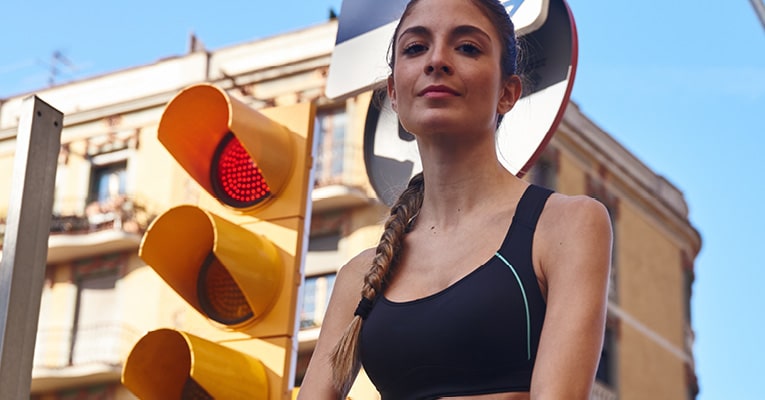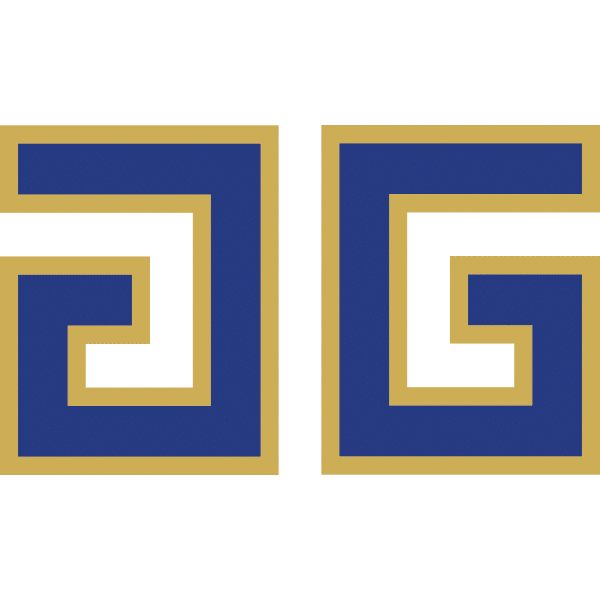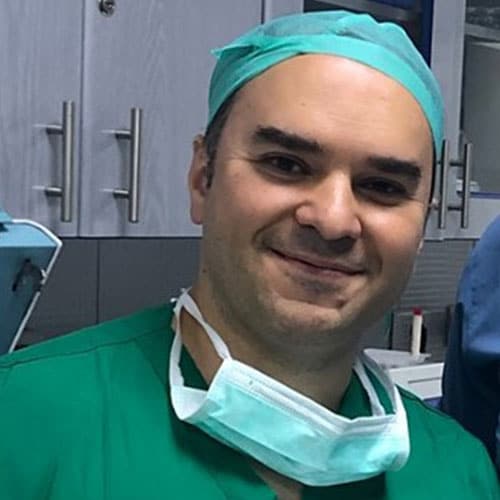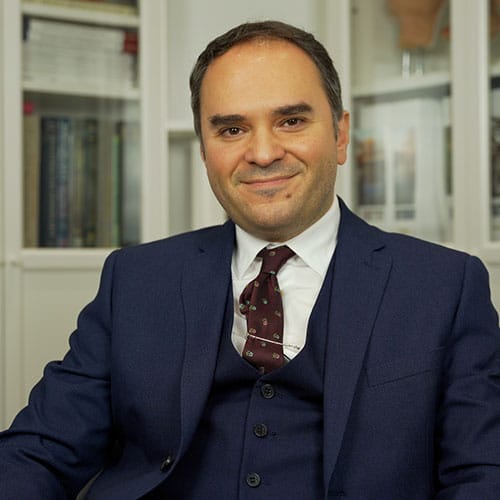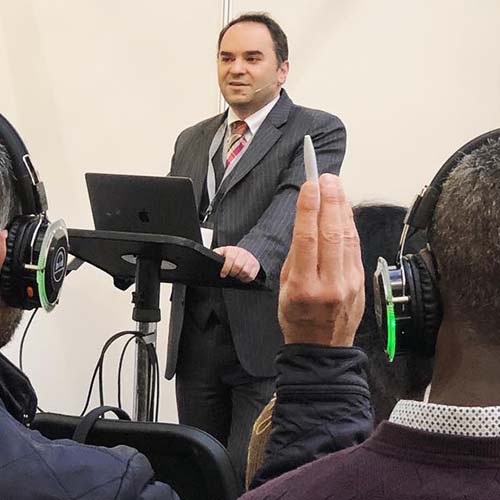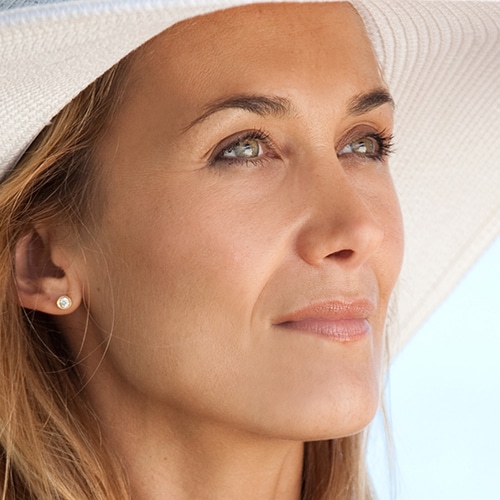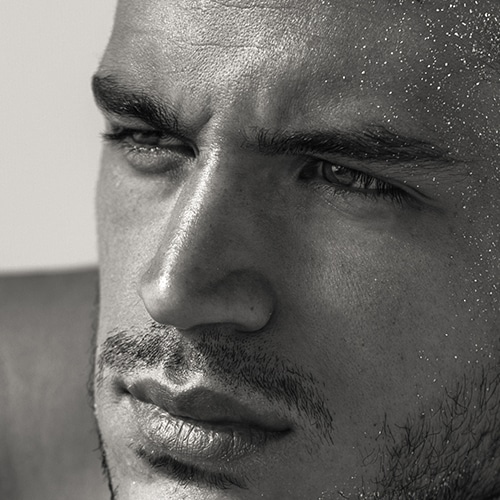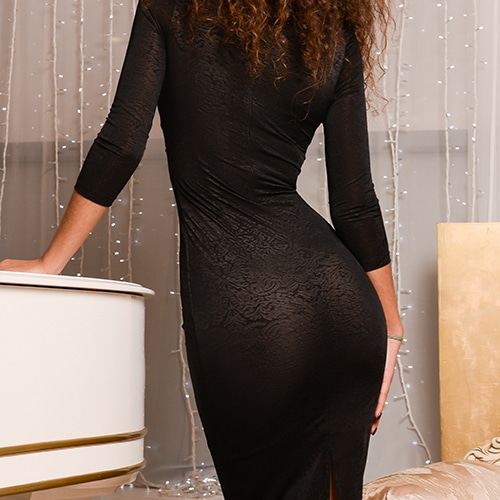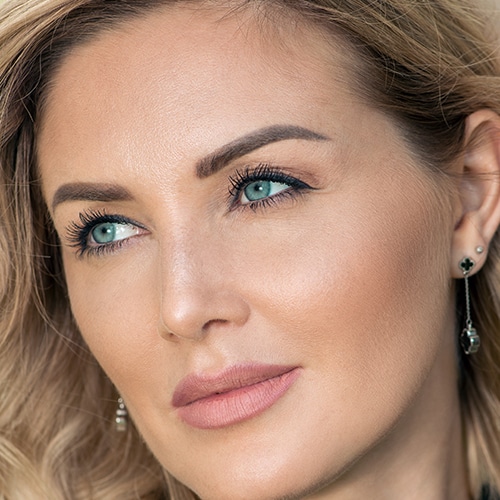Dr Ali Ghanem has developed an innovative approach to categorising surgical and non-invasive cosmetic treatments in such a way that it is easy for his patients to understand and choose treatments that are right for them.
Essentially his Traffic Light System classifies treatments into three categories, green, amber and red based on a combination of factors including effectiveness, invasiveness, downtime and cost.
GREEN
Surface:
This is short, immediate results that are associated with little or no downtime and will treat the surface of the skin. Surface treatments in this category include the popular wrinkle relaxing treatments, skin boosters, facials and superficial peels. Mr Ghanem’s favourite treatment for this would be a new resurfacing CO2 laser called CoolPeel that he introduced to the UK.
Volume:
To increase volume without downtime and instant results, Mr Ghanem often uses fillers such as MaiLi – I like these as they are a ‘bouncy’ filler that can be soft but offer more projection than the others.
Laxity:
When we’re treating laxity the focus is to tighten and lift the skin. For this Mr Ghanem likes to use Sofwave or Thermage – treatments that work to stimulate collagen and lift the skin with no downtime.
AMBER
Skin/surface:
To treat the skin’s surface, combining microneedling, or superficial laser resurfacing with peels works very well. The downtime would be around a weekend in the amber category.
Volume:
Mr Ghanem recommends collagen stimulating fillers such as Ellansé or Lanluma to patients who wish to achieve a little more than with traditional fillers. Lanluma isn’t the same as other fillers, because it doesn’t simply ‘fill up’ areas like HA fillers. In fact, this newly re-engineered molecule (PLLA) particles get to work deep within the skin to activate the body’s own natural collagen response – so the volume created and the results achieved can be lasting from two to three years post-procedure.
Laxity:
For laxity, the next step up is a non-surgical facelift consisting of semi-invasive energy based device such as Morpheus8, Endolift or FaceTite (in ascending order of intensity) for the face combined with the scar-less neck lift MyEllevateTM procedure. MyEllevateTM is a minimally invasive neck rejuvenation procedure which was invented and developed by Dr. Gregory Mueller of Beverly Hills. This inspired technique involves using tiny little holes and light-guided suture to suspend the lax jowls and turkey neck – almost like we lace up shoes. NB there are only eight accredited practitioners in the world outside the US for this procedure and two trainers in the UK who do this and Mr Ghanem is one of them.
RED
Surface:
For those wishing to address severe pigmentation, acne scarring or deep wrinkling, CO2 laser resurfacing can offer a highly effective treatment option. With any treatment on the red spectrum, the downtime can range from one to three weeks depending on the severity of condition and intensity of treatment.
Volume:
For volume the best treatment in this category would be fat transfer enriched with regenerative and stem cells. This innovative procedure work by taking cells from one part of the body and injecting them into another part, such as the face, breasts, scalp or limbs etc with the final desired outcome ranging from volume restoration, scar remodelling, hair growth, accelerated healing, pain control or amelioration of a chronic disease process to name a few.
Depending on the target tissue, regenerative cells suitable for use in clinical applications can be harvested from virtually every human tissue with adipose tissue (fat), circulating blood; cartilage, skin and hair follicle being the most readily available sources. These regenerative stem cells are able to produce key tissue stimulants called growth factors that can orchestrate tissue repair and regeneration.
Platelets also, as the stem cells, are a rich source of growth factors and regenerative molecules that enhance the body’s healing processes and have been used in a variety of medical applications from treating signs of aging in the face, to hair loss and even accelerating the healing of chronic wounds.
Laxity:
Cosmetic surgery i.e. Facelift.
Facelift is a term used wrongly to describe a spectrum of non-surgical procedures ranging from simple fillers injection (liquid facelift) to laser (The lunch time facelift) and finally the correct aesthetic surgical procedure. However, even when the term is used correctly in a surgical context it can still be confusing as depending on the length of scar and areas of the face treated we have four levels of facelifts:
1) Mini facelift
This is a procedure with limited or short scar that can address early signs of skin laxity in the lower face and upper neck. The procedure still addresses both the deep tissue and skin of the face but given the short scar the deep tissue maneuvers are limited and therefore, the downtime can be reduced to just a few days or so. This procedure is not suitable for people with heavy necks.
2) Deep Plane Facelift
This is a much more involved procedure with the term deep plane meaning we lift, mobilise and reorganise the deep tissue of the face and use it as different slings leading to impressive correction of the jawline and the upper neck youthful angles. Deep plane procedures give longevity of results but they are associated with 2-3 weeks of downtime of mainly bruising and swelling.
3) Extended Facelift
For heavy necks that extends all the way down to the chest and heavy deep jowls extending to the smile lines and corners of the mouth an extended version of facelift is employed. Due to the extent of tissue handling, it is often necessary to aid the redraping of the skin by literally quilting it to deep tissue. Quilting the skin would also help reducing the chance of bleeding and thus increase the safety of this procedure. This innovative technique was invented by the Brazilian surgeon Andre Auersvald and is slowly being taken up by leading facial aesthetic surgeons around the world.
4) Total facelift
In this comprehensive treatment, one of the facelifts procedures described above is combined with several procedures to address the issues of the aging upper and middle face. Commonly, the brows are lifted, excess skin and fat bags of the upper lid and or lower lid are removed and the the cheeks contours are restored or optimized along with any necessary additional optimisation of the nose, lip or chin. The face is addressed in its totality.
Even with such comprehensive facelifts, my preference is not to do these procedures under general anaesthetic any more. We were doing them less and less under general anaesthesia before Covid but since Covid surgeons don’t want the risks associated with full anaesthetic, and so local anaesthesia with twilight sedation is used instead.

